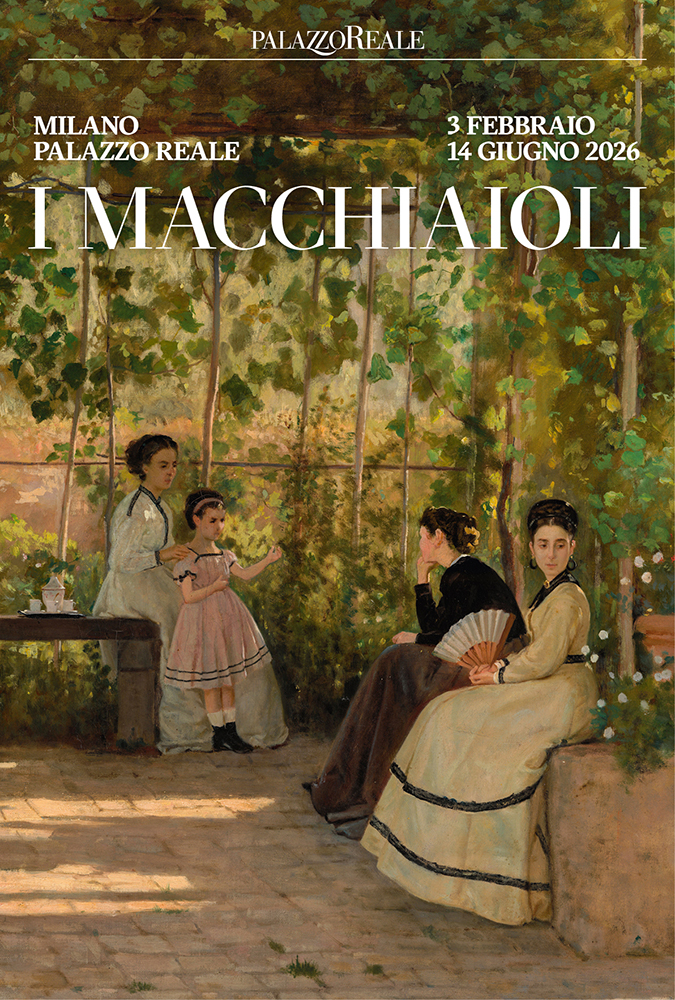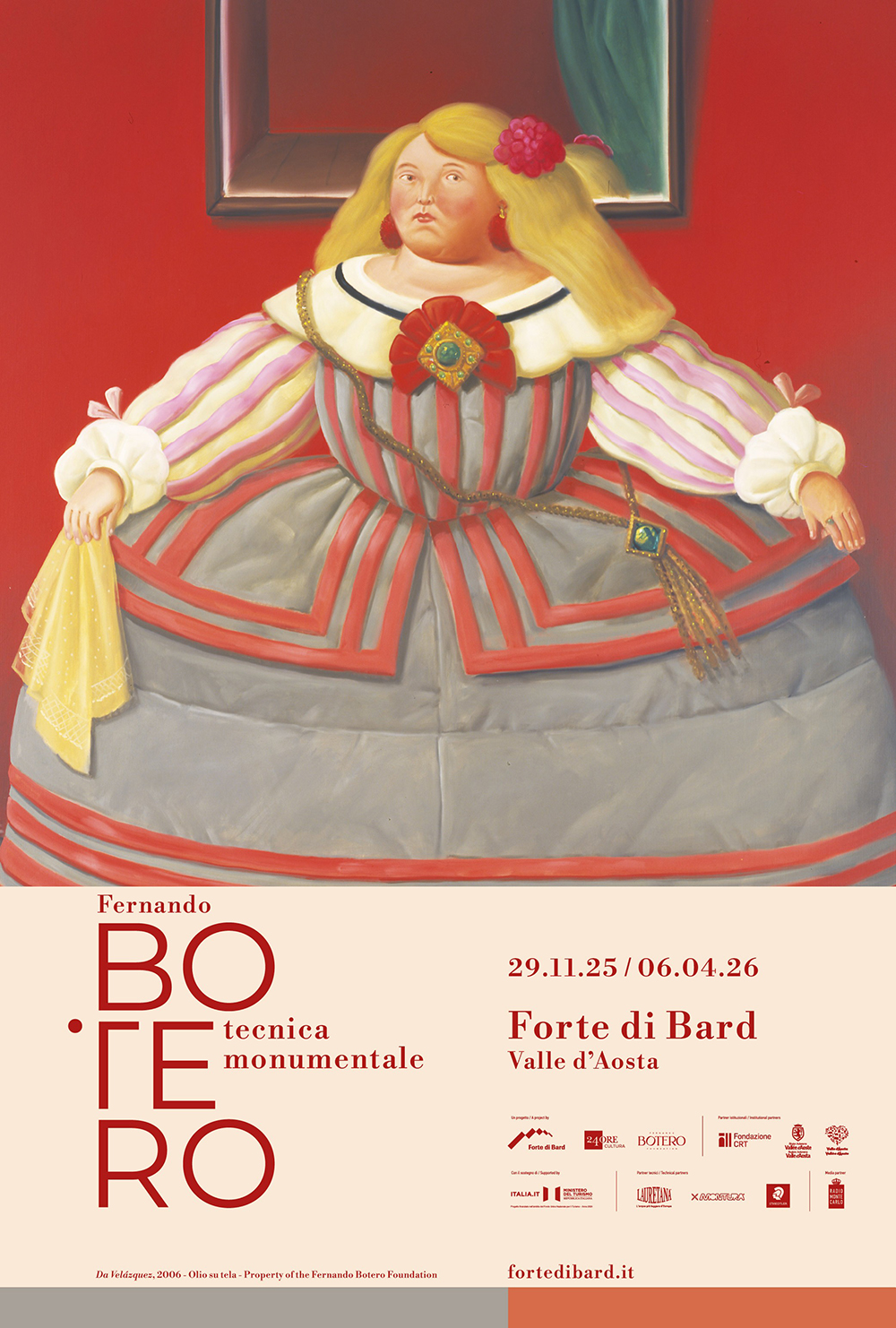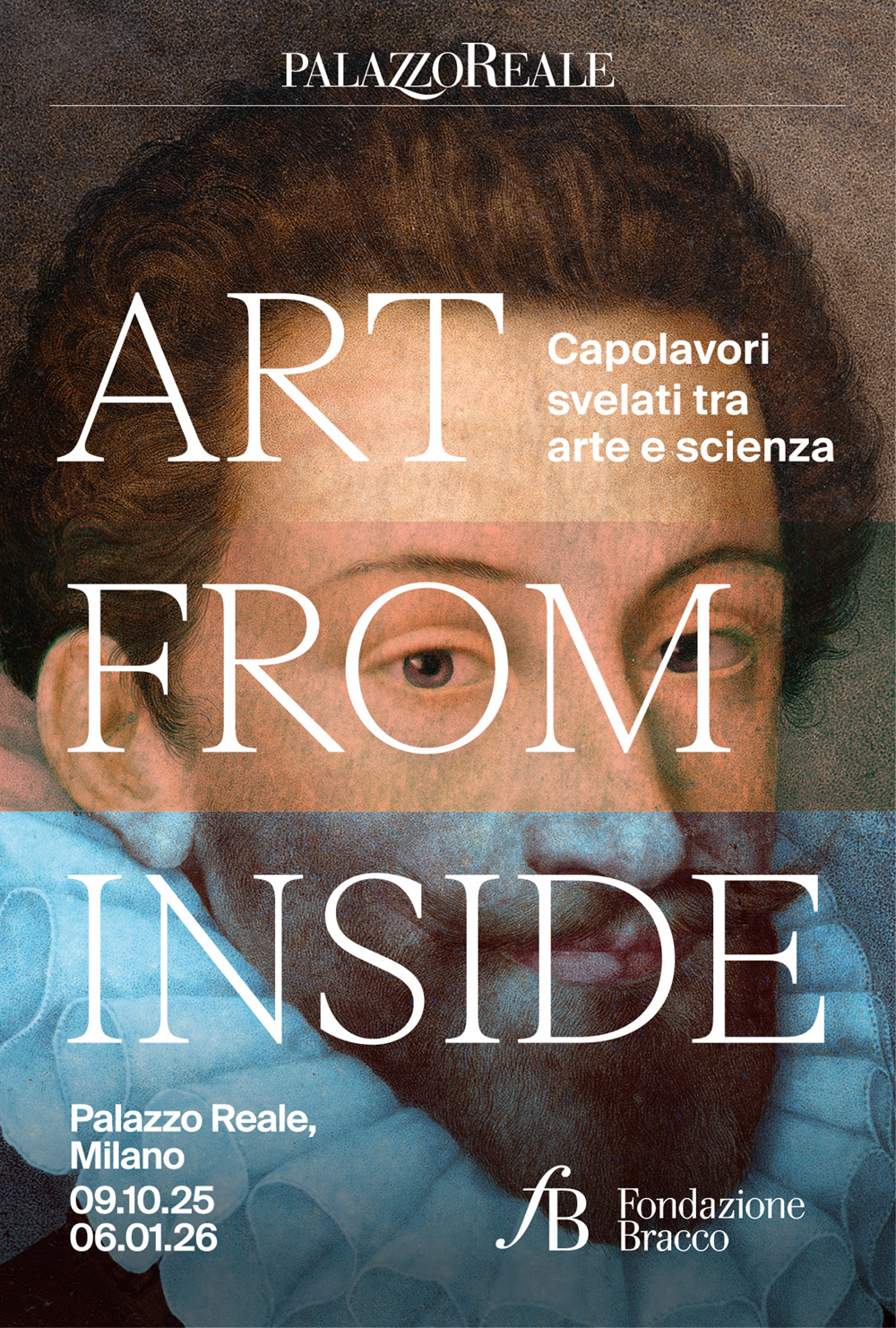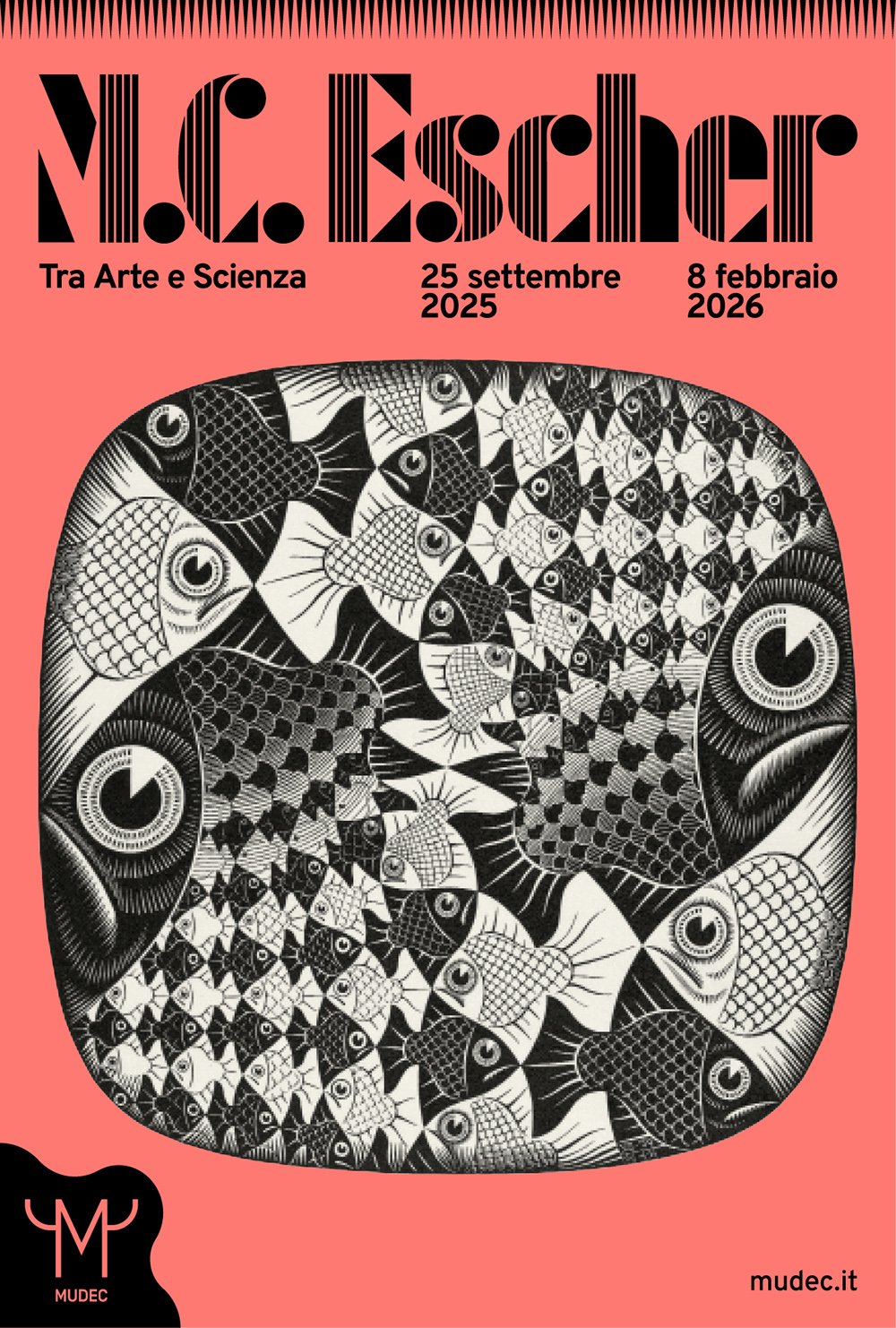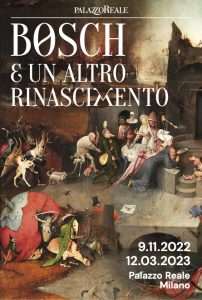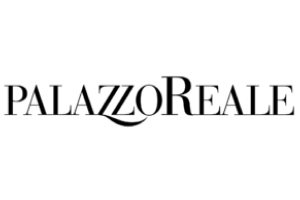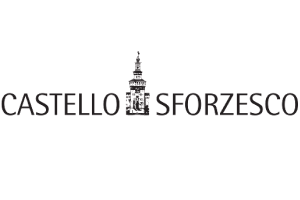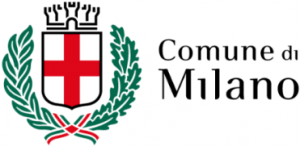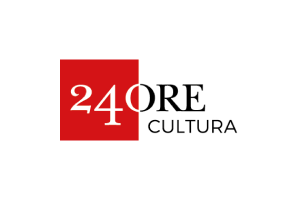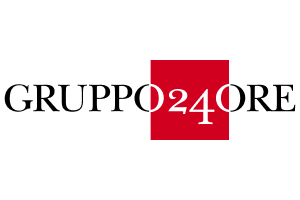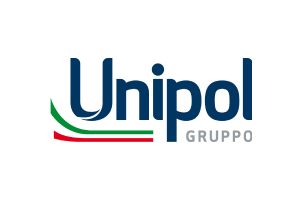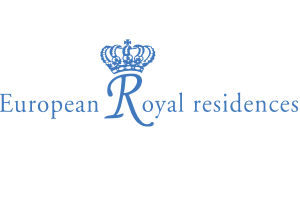Milan for the first time, under the artistic direction of the Palazzo Reale and Castello Sforzesco, pays tribute to the great Flemish genius Jheronimus Bosch and his fortunes in southern Europe with an unprecedented exhibition project that presents a fascinating thesis: Bosch, according to the curators, represents the emblem of an ‘alternative‘ Renaissance, far from the Renaissance governed by the myth of classicism, and is proof of the existence of a plurality of Renaissance, with artistic centers spread throughout Europe.
“Bosch and Another Renaissance” is promoted by the Municipality of Milan-Cultura, Palazzo Reale and Castello Sforzesco, produced by 24 ORE Cultura – 24 ORE Group and curated by Bernard Aikema, former professor of Modern Art History at the University of Verona, Fernando Checa Cremades, professor of Art History at the Complutense University of Madrid and former director of the Prado Museum, and Claudio Salsi, director Castello Sforzesco, Archaeological Museums and Historical Museums and professor of history of printmaking at the Catholic University of Milan.
The exhibition features some 100 works of art including paintings, sculptures, tapestries, engravings, bronzes and ancient volumes, including some 30 rare and precious objects from wunderkammern.
Prominent in this extremely rich corpus are some of Bosch’s most celebrated masterpieces and works derived from the Master’s subjects-never before presented together in a single exhibition. Indeed, Bosch is the author of very few works universally attributed to him and preserved in museums around the world. Precisely because they are so rare and precious, this artist’s masterpieces rarely leave the museums to which they belong, and even more rarely do we have the opportunity to see them brought together in a single exhibition.
The exhibition is not a conventional monograph, but places masterpieces traditionally attributed to the Master in dialogue with important works by other Flemish, Italian and Spanish masters, in a comparison that is intended to explain to the visitor how much the ‘other’ Renaissance-not just Italian and not just Woodland-in the coeval or immediately following years would influence great artists such as Titian, Raphael, Gerolamo Savoldo, Dosso Dossi, El Greco and many others.
